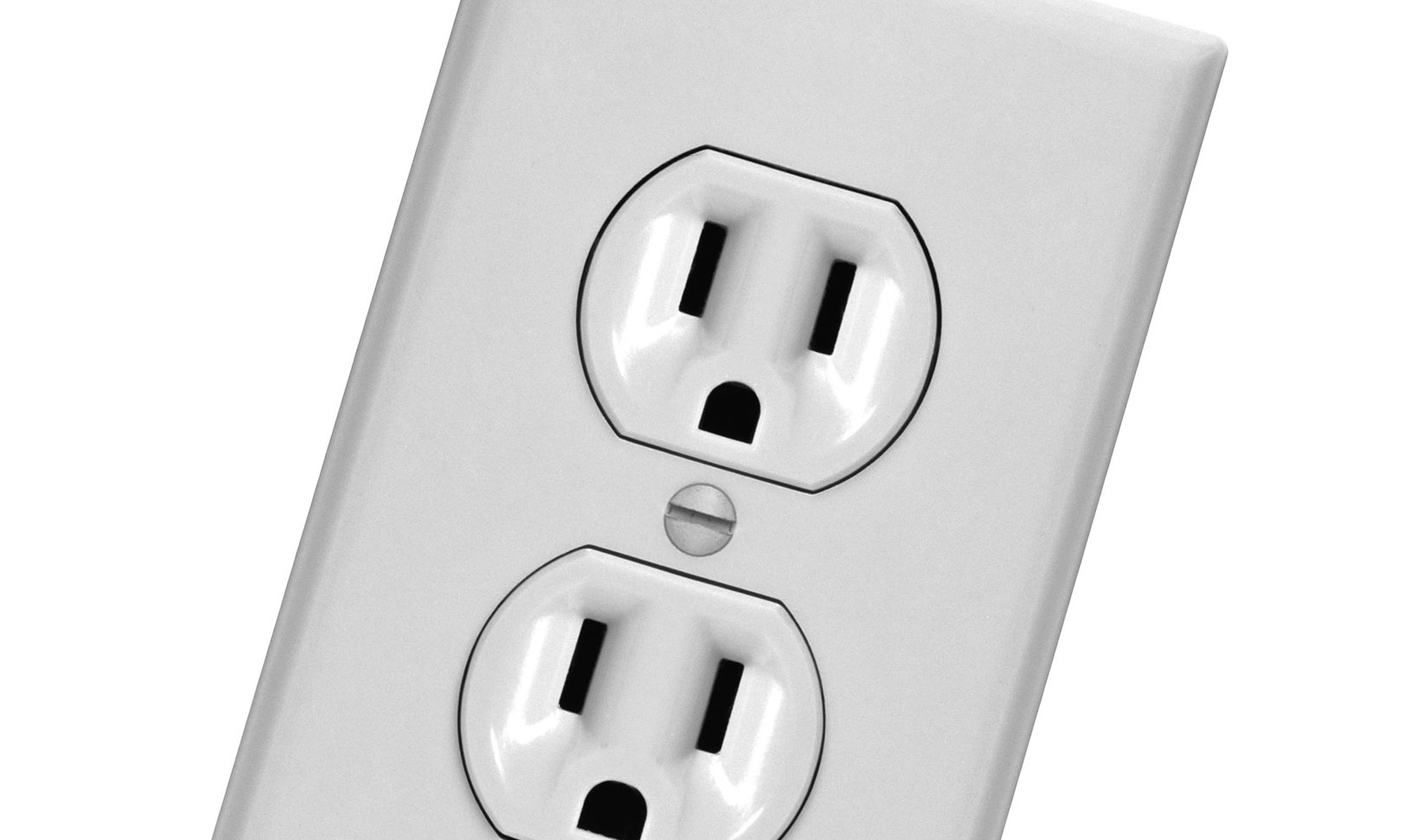kwired
Electron manager
- Location
- NE Nebraska
- Occupation
- EC
That aluminum strip is not the EGC, it supplements the spiral type sheath by shorting between turns. It doesn't even need to be terminated, it's only purpose is to sit outside any fillers within the cable and to be in contact with the sheath to assist in lowering resistance of the sheath.Many get bent out of shape about it but from personal experience it will trip a circuit breaker if you get a fault. Do you really think the dinky aluminum strip does much?
Take a one foot piece of cable sheath and unwind it. It will be much longer than one foot, now imagine how much longer a 100 foot run is if you unwind the sheath of it. That is what you potentially can have for a return path if not many of each turn doesn't have incidental contact to shorten the path. Is not that an overcurrent device won't trip at all, is about having as low of impedance path as possible. There has been cases or signs of this old AC cable heating up when subject to fault current.


